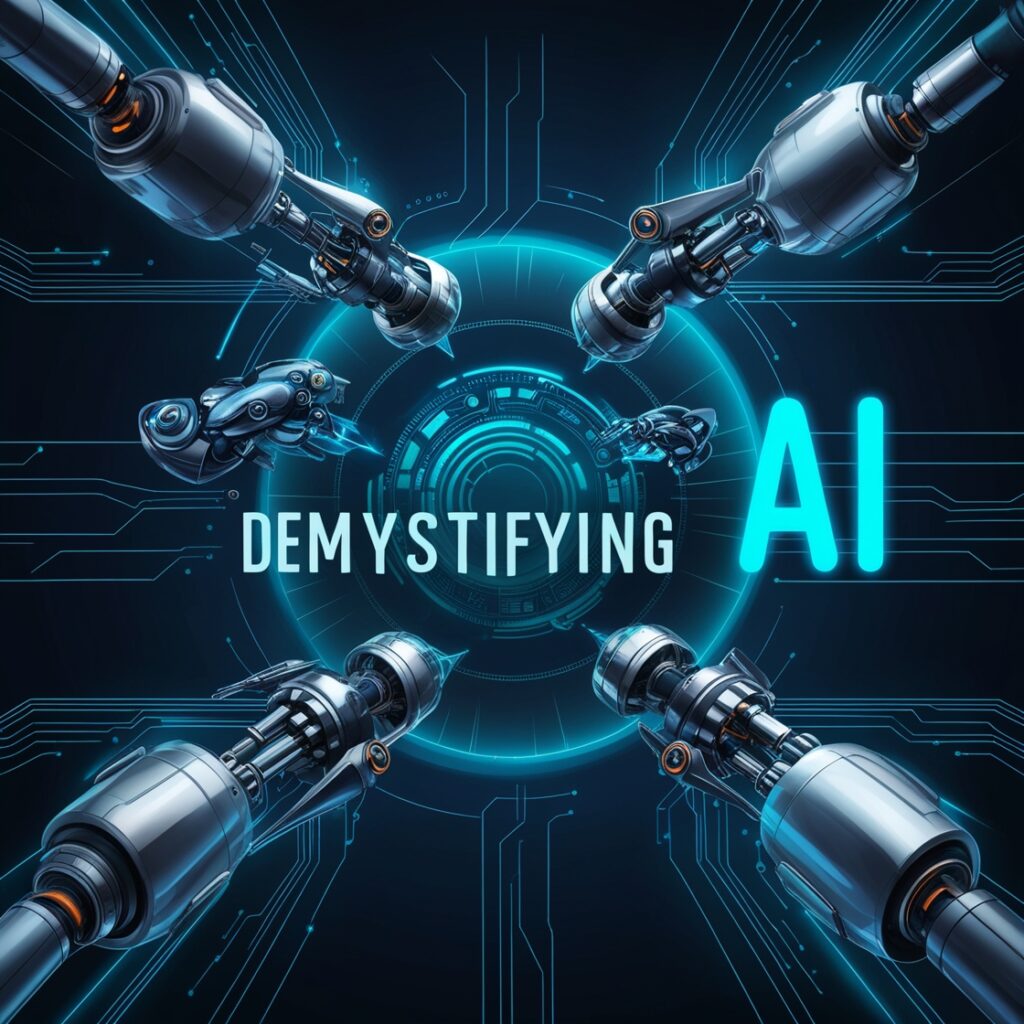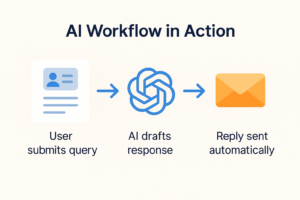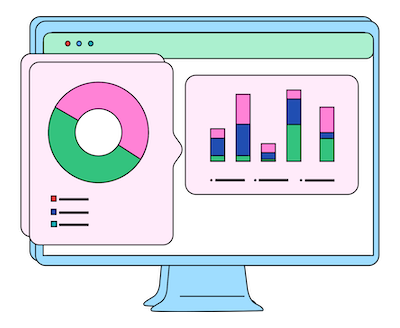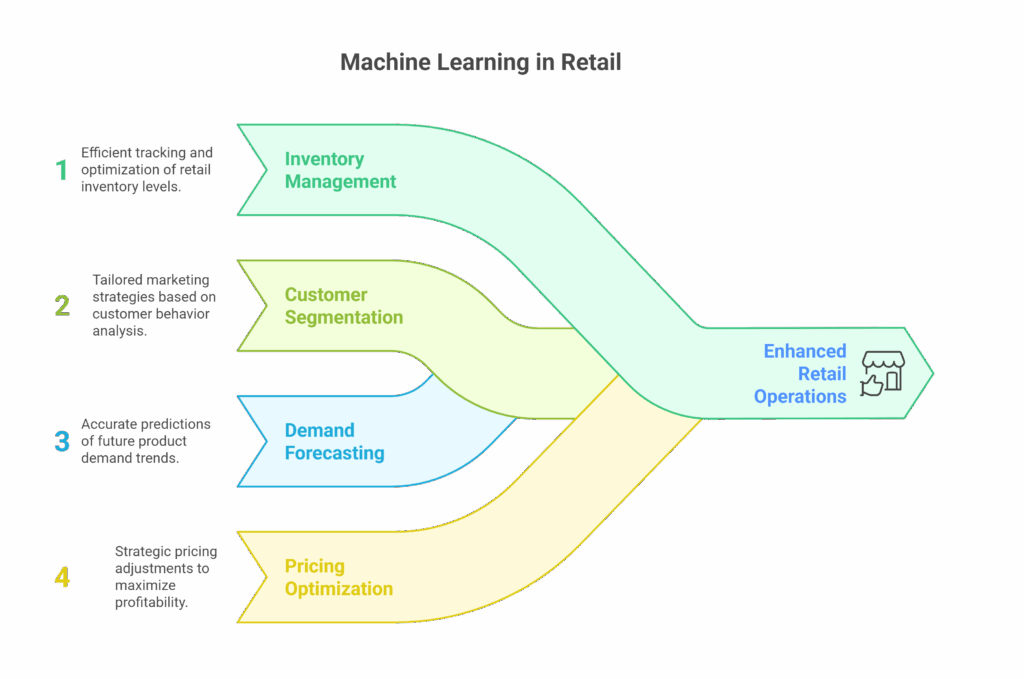Demystifying AI Orchestration, Agents and Workflows

Introduction
Ever feel like “AI” terms are being thrown around too fast to keep up? You’re not alone. From AI workflows to AI Orchestration to agentic AI, it can get overwhelming — fast. But these terms are just not tech jargons, they are the key to knowing what your business can automate today, what’s coming soon, and where the real opportunities lie.
In this post, we’ll break it down in plain English:
- The real difference between AI Workflows, Orchestration, and Agentic AI
- Where tools like Make.com, Zapier, and n8n fit in
- How you can use these ideas right now — even without coding
Let’s dive in.
What Is an AI Workflow?
An AI Workflow is a sequence of automated steps that integrates artificial intelligence into routine processes, helping businesses reduce manual work, respond faster, and boost productivity across tools and systems.
Think of it as a digital assembly line — but instead of humans performing every step, AI steps in to process information intelligently.
How Does It Work?

- Data Input (Trigger Event): The workflow starts with incoming data, such as:
- A form submission
- A customer email
- A new file upload (e.g., invoice, CV)
- AI Processing: The AI reads and understands the input. Tasks include:
- Summarizing content
- Classifying message intent
- Extracting key data
- Generating responses or documents
- Automated Output: AI outputs are sent to the right system:
- Email is sent
- CRM is updated
- Notification is triggered in Slack or Teams
Key Point: The path is predefined, but each step is intelligent and dynamic — thanks to AI.
Real-Life Example: Customer Support Workflow
Without AI:
- Customer fills out a form
- You read the message manually
- You write and send a reply
- You update the CRM
With an AI Workflow:
- AI detects topic (“pricing”)
- Generates a polite reply using ChatGPT
- Updates CRM with customer intent
- Automatically sends email and assigns ticket
Result: Save 10–15 minutes per inquiry. Multiply that across 100s of clients.
Where Are AI Workflows Used Today?
- Sales: Qualify leads, draft emails
- Support: Auto-answer FAQs, escalate issues
- HR: Screen resumes, schedule interviews
- Marketing: Generate content, auto-reply to comments
- Finance: Read invoices, push data to accounting
Popular Tools: Zapier, Make.com, Power Automate — all now offer AI integration options for smart automation.
What Is AI Orchestration?
AI Orchestration manages and coordinates multiple AI models, APIs, and tools to work together — like a conductor in a symphony of intelligent systems.
Unlike workflows (which are linear), orchestration handles complexity and branching logic — assigning the right AI to the right task, then passing results seamlessly across platforms.
How It Works

- Data Collection: From emails, CRMs, calendars, web forms
- Task Assignment: Selects the right AI model for the job (GPT, translation, recommendations)
- Coordination: Sends output to other tools (Asana, Notion, Slack, Excel, CRM)
- Execution & Monitoring: Triggers actions and updates systems automatically
Example: Post-Meeting Automation
After a Zoom call, AI Orchestration can:
- Transcribe the meeting
- Summarize key points
- Extract tasks
- Update ClickUp or Asana
- Draft follow-up emails
- Log everything in the CRM
Benefits of AI Orchestration
- Scalability: Ideal for complex, high-volume tasks
- Less Human Intervention: Tasks auto-triggered across systems
- Accuracy: Each AI tool does what it’s best at
- Centralized Control: One logic governs everything
Where Do Tools Like Make.com, Zapier, and n8n Fit In?
These are low-code/no-code automation orchestration tools. They connect your apps — and now, they also integrate AI.
- Zapier: Connect GPT with email or calendar tools
- Make.com: Chain OpenAI, Google Sheets, Slack together
- n8n: Advanced custom logic and scripting flexibility
With AI plugins, these platforms become true orchestrators — weaving apps and AI into cohesive, intelligent systems.
What Is Agentic AI?
Agentic AI (or Autonomous AI Agents) is next-level: AI that plans, decides, adapts, and acts on its own to achieve goals.
Key Point:
You give it an outcome — it figures out the steps and adjusts as needed, without micromanagement.
Example:
Say: “Find leads and book meetings.” Agentic AI will:
- Search LinkedIn
- Draft emails
- Send follow-ups
- Adjust strategy based on responses
Examples of agentic systems: AutoGPT, BabyAGI, and tools in development by OpenAI.
Quick Summary Table
| Term | Simple Definition | How Smart? |
|---|---|---|
| AI Workflow | AI-powered automation across apps | Smart, rule-based |
| AI Orchestration | Coordinating multiple AIs & systems together | Smarter, complex |
| Agentic AI | AI that plans and acts independently | Very smart, adaptive |


